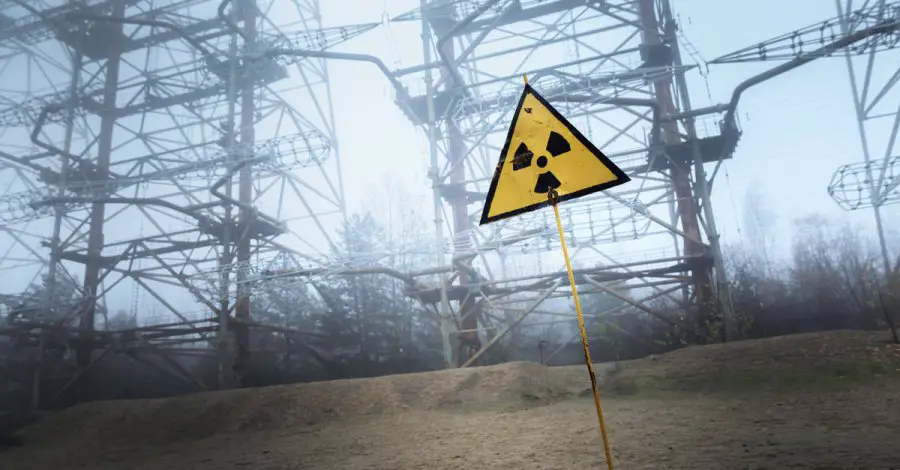Novel Technology Has Reduced 47% Of The Radiation In A Part Of Chernobyl
Tags: News

Chernobyl remains one of the most disastrous markers of how nuclear energy can go wrong. Not only did the accident damage generations of humans, but it also turned the area into a veritable wasteland that is extremely hazardous to most forms of life.
It is estimated that the radiation level in the area will take 24,000 years to return to normal. But a company from Switzerland has produced a technology that can cut it down to just 5!
Read: Fungi That Absorbs Radiation Has Been Growing All Over Chernobyl Plant
The Technology By Exlterra
Exlterra’s focus is on the production and commercialization of technological environmental solutions that are also sustainable. They had collaborated with State Specialized Enterprise Ecocentre, a specialized enterprise owned by the Ukrainian state to monitor the environment and radiation in the exclusion zone of Chernobyl. Recently, an official report claimed that the partnership has successfully reduced the radiation in Chernobyl’s air and soil.
The technology is known as the Nuclear Separation Passive System. The test took place in a 1-hectare area from November 2019 till September 2020. The test revealed that the levels of radiation contamination in the soil had fallen by 37%. Additionally, for the air, the reduction was even more: 47%.
Read: “Chernobyl” Creator Tells Influencers To Stop Taking Selfies At Disaster Site
In the present day, parts of Chernobyl are safe enough to visit for a short period of time. However, living there for extended periods of time would need normal levels of radiation. The new NSP technology can possibly attain these levels in as little as 5 years (where the natural decomposition time is 24,000 years), according to the results of the test.
How Does The NSPS Work?
The technology works using nuclear energy and particle physics concepts exclusively. This means that it does not involve any more environmentally harmful chemicals or materials while it is working.
Put as simply as possible, NSPS uses a certain kind of particle having extremely high velocity, called positrons. It bombards the radioactive isotopes present in the air and soil by directing the particles towards them. When a position and a radioactive isotope come into contact, the positron recombines with an electron. This reaction decomposes the radioactive matter and returns it to its original state.
The process takes place beneath the soil’s surface, so no radioactivity leaks into the air or the ground.
Overseeing The NSPS Technology
SSE Ecocentre oversees the methodology along with the measurements of the process. So far, atmospheric radiation levels at 5 cm, as well as 1 m from the surface of the soil, were taken. Underneath the soil, samples were taken from 100 cm underneath the surface. 3 radionuclides were sampled for – Americium (Am241), Strontium (Sr90), and Cesium (Cs137). Click here to see a short video about the project.
The detailed results have not been announced yet. However, Exlterra’s CEO Frank Muller, claims that the project is on schedule to reduce the radiation levels in the installation zone to natural levels within 5 years.
SSE Ecocenter’s General Director, Sergiy Kireiev, hailed the results as remarkable. The results of technology were never as hopeful for the area in 3 and a half decades. He considers NSPS technology a “real hope”. Muller continued that they would continue helping the exclusion site of Chernobyl, particularly the area surrounding plant Number 4. After that, he hopes to offer their technology to other such sites across the globe, like Japan’s Fukushima. He believes radioactive water discharge can be avoided completely.
Exlterra’s CTO and President stated this is only the beginning when it comes to the application of NSPS technology. He explained that nature has enough resources to heal the humanity-inflicted wounds. As such, they will continue using renewable and natural forces to bring nature back to normal.
Feature Image Credits: CVBJ
Leave Comment: